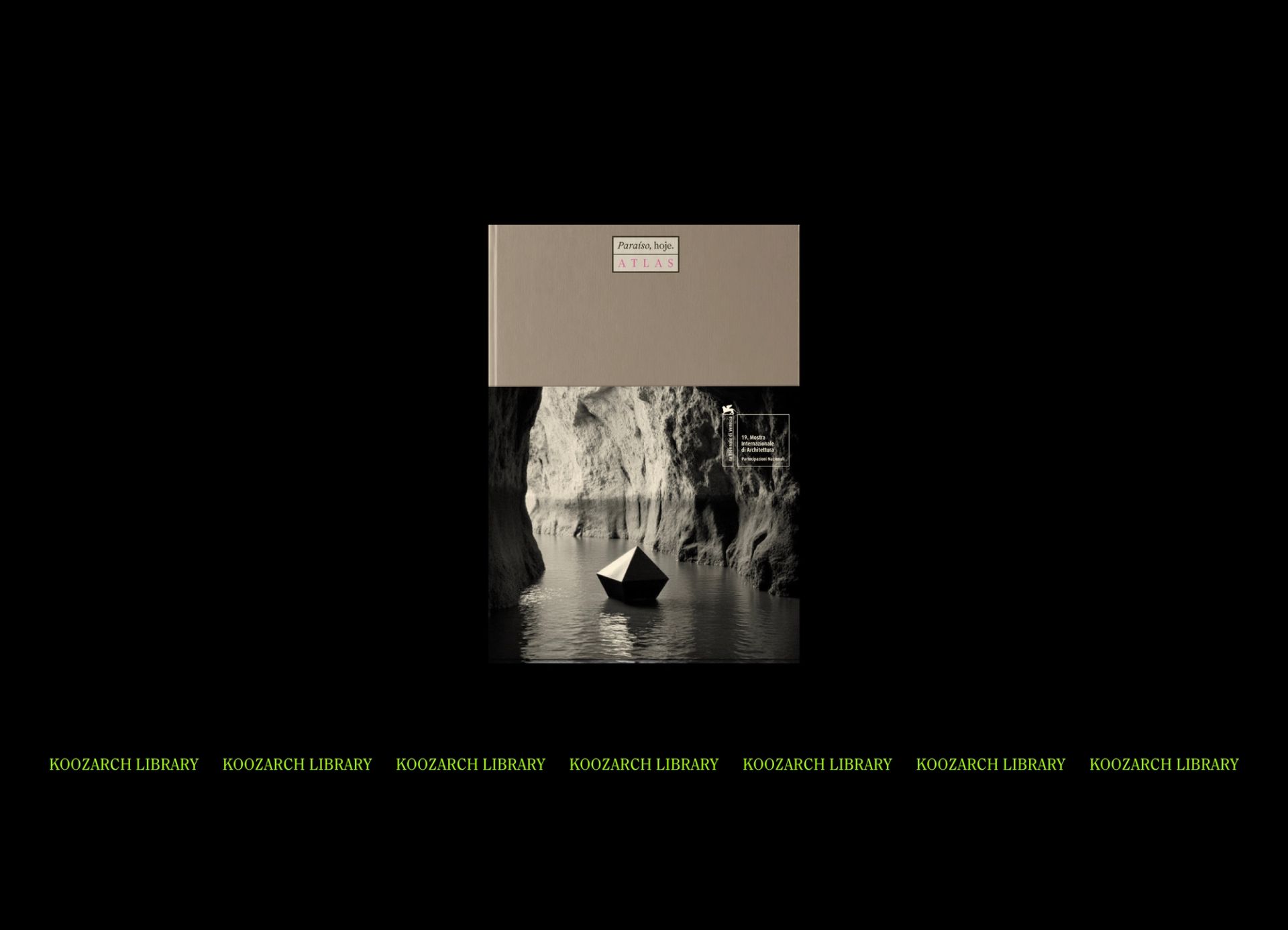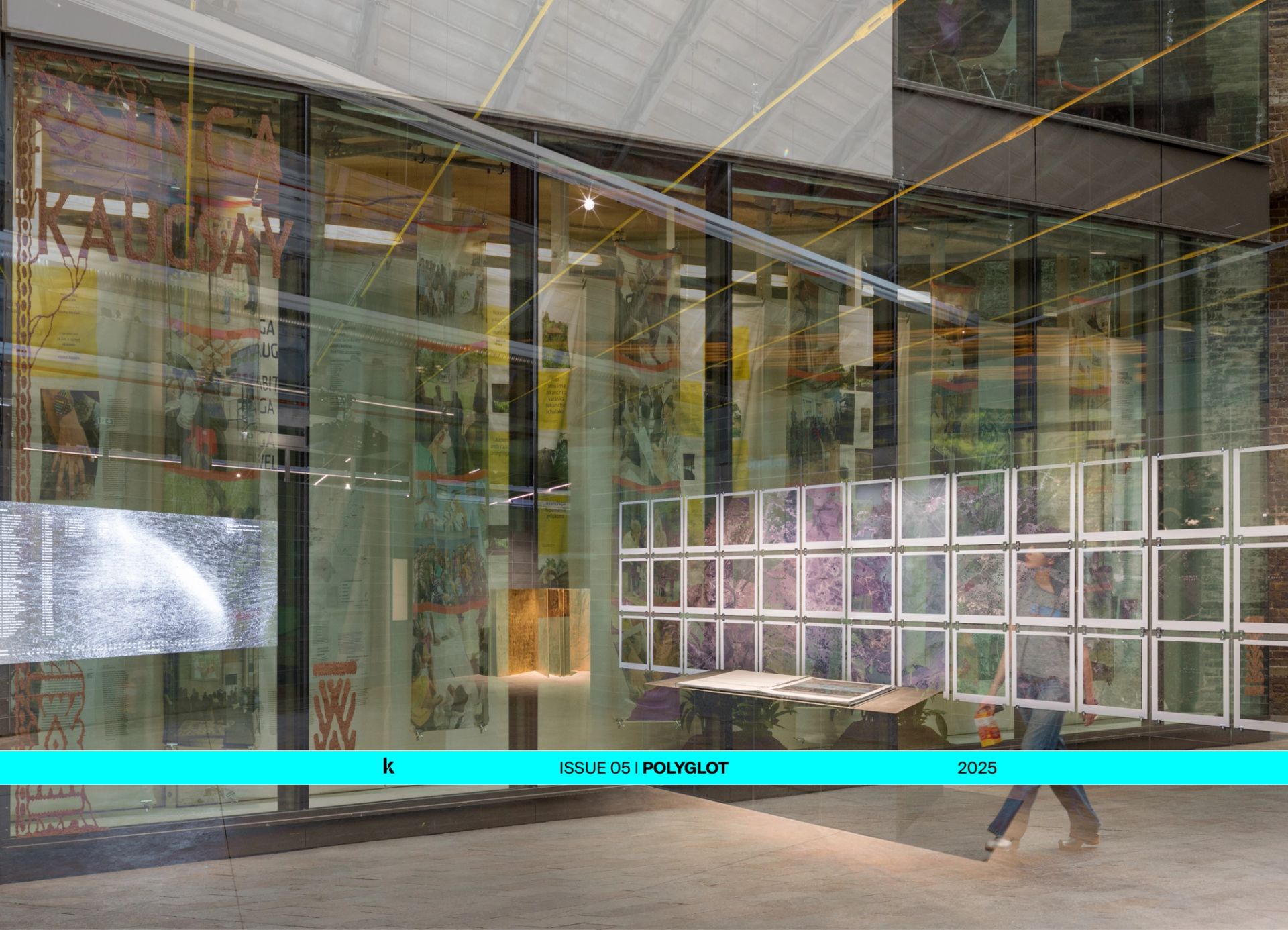Developed within the context of the Royal College of Art, “Useless Terrain” investigates and challenges definitions of Use and Uselessness in relation to terrain, and by extension, in relation to the communities that live around and off the land. Specifically, the project explores the effects and implications of the determination of the Irish bog terrain (one of four types of wetland that accumulates peat as a deposit of dead plant materials) as “useless” by British jurisdiction who campaigned for the land to be converted into “useful” and “monetisable” arable farm pasture. The project explores how, as Britain’s first colony (1155), Ireland was used as a testing site for future colonial missions and where campaigns to civilise savage lands and peoples, which embodied much of the British Empire’s pursuits for the centuries to follow, were initially launched. Useless Terrain both tells a powerful narrative of colonial memory in Ireland whilst also presenting environmental questions on how we manage a vital ecosystem whose considerate and critical use could repair a devastated terrain.
KOOZ What prompted your project?
JH I had been wanting to take on a project about my Irish heritage for a while, and the ADS 3 brief “Exhausted Soil” helped me develop it. I immediately connected the brief to the Boglands in Ireland, especially the midlands, where my family comes from. I also had not been back for a while because of the pandemic, so I leaped at the opportunity to reconnect with my ancestral home.
The bog presents an ambiguous landscape of paradoxes. It is both solid and liquid, real and imagined, alive and dead.
KOOZ What role does the bog, its components and overall ecology and history play in the cultural identity of Ireland?
JH Bogs are glacial formations emerging after the Ice age in shallow glacial lakes and wet hollows. Over time, each of them is filled with the un-decayed remains of marginal vegetation and silt. Pine forests then covered much of the island but died recently, so peat began to form. The influence of the more nutrient-rich margins decreased and conditions became favourable for peat-forming bog-mosses, which increased the volume of peat until the surface vegetation became completely isolated from the ground water and wetlands that only receive water from rainfall. The landscape soon became infertile and acidic, with only a particular ecology that can thrive in this difficult environment. The bog presents an ambiguous landscape of paradoxes. It is both solid and liquid, real and imagined, alive and dead. Steeped in folklore, the bogs were assumed to be portals to another world, its pickling qualities allowed artefacts and sacrificed human remains to be preserved for millennia. The bog bodies were often those of powerful kings of clans or chieftains, offered to the gods after a poor harvest.
As early forms of agriculture began to spread throughout Ireland, developing townships around rivers and lakes, bogs were drained for the land to be used for farming. These nomadic agricultural settlements worked with the land available, transforming a controlled amount of bogs for grazing or into arable lands. Nomadic farming was a self-sufficient system, and did not overstretch the land.
Colonisation intensified agriculture throughout Ireland, especially in the Midlands, where the flat, wet plains were prime weather conditions for farming. The colonisation of Ireland brought an empirical understanding of the boglands, inflicting draining interventions upon the terrain to repurpose the bog as arable land, commodifying it. This transformation is born out of the Colonial judgement that the bog was a “Useless” site, as it did not offer any financial potential. This impression was projected throughout Irish culture, as the British viewed the Irish as uncivilised for not altering the conditions of the land to redefine the terrain as productive.
The colonisation of Ireland brought an empirical understanding of the boglands, inflicting draining interventions upon the terrain to repurpose the bog as arable land, commodifying it.
KOOZ In your project, titled "Useless Terrain" you make a clear point about the use and value of the bog, can you please expand on this point and why it is important to value these types of land?
JH The notion of use and productivity consistently rose to the surface throughout my research. In the timeline I had developed, the various parties invested in the terrain had sporadic and often opposing understandings and intentions for the bog. Defining “Use” or “Uselessness” and attributing the term to the terrain became the crux of the project, prompting questions into themes of folklore, colonialism, industrialisation and environmentalism, all assigning varied values and degrees of use to the bog.
The hyper industrialisation of the land for fuel presented a use for the land. Its properties had been ignored so explicitly by the British jurisdiction, who only campaigned for the land to be converted into arable farm pasture. This reactionary industrialisation meant Ireland could be self-sufficient, no longer reliant on British coal. The British colonial attitude of the Bogland viewed the terrain as useless, and needed draining to convert the bog into arable land, monetising the land and giving it “purpose”. Ireland was Britain’s first colony (1155), and was used as a testing site for future colonial missions. Britain launched campaigns to civilise savage lands and peoples, which embodied much of the British Empire’s pursuits for the centuries to follow. The bog draining campaign imposed a mass conversion of bog to farmland, where produce was shipped to England. Assigning the terrain as useless extended to the perception of the people living on and around the bog. During the famine, hundreds of thousands of Irish were employed by the government to construct purposeless projects, like follies, piers on bogs and stone walls and roads. These jobs were offered begrudgingly to provide these senseless constructions tasks epitomised the colonial perception of the Irish as useless, ever more imposing uselessness to define the land and its people.
Defining “Use” or “Uselessness” and attributing the term to the terrain became the crux of the project, prompting questions into themes of folklore, colonialism, industrialisation and environmentalism, all assigning varied values and degrees of use to the bog.
Cutting turf for fuel has been practised for centuries, establishing a strong cultural identity through turf cutting. However, in recent years environmental concerns have sparked fierce debates about the future of turf. Every hectare of drained peatland emits 2 tonnes of carbon per annum. In 2020, the harvesting of turf was banned, affecting both industrial and small local scale harvesting. It has fuelled a tense narrative of urban elites versus rural poor. The cultural importance of burning turf and the practice of harvesting the non-renewable fuel for the winter months is deeply entrenched in rural communities. Access to turf cutting means self-sufficiency, heating homes for the fee of having your patch of bog cut by a turf cutter or free if it is cut by yourself. The tradition is also saturated with republican importance, signifying self-reliance once the ties with Britain had ended. Industrialists and local people view the land as incredibly productive in terms of fuel, but also see it as culturally and politically important. The terrains value is a constant flux, depending on who is assigning a valuation of use to it.
My design questions ultimately addressed how we use the boglands without extracting or damaging it, and how we can balance a strong cultural identity, with a dying ecosystem in need of vital intervention to survive.
KOOZ What role do drawing and painting play in your project? What role does literature play in your research?
JH I endeavoured with this relentless drawing practice throughout my project; I believe there is a strong connection with the passing of time, the layering, observation, storytelling and mark making that embodies the bog. My drawing practice also underpins this personal relationship to the bog, the work has been crafted by my own hand as opposed to rendered by a machine. The illustrations tell a story which connects to the storytelling culture embedded in Ireland and the boglands. I looked at many iterations of bog storytelling: old folklore stories, myths and legends, along with modernist writing such as many poems by Seamus Heaney. Samuel Beckett’s Waiting for Godot injected a strong characterisation to the project, expressing itself in the monotonous waiting practice that the bog restoration will take on, as well as this human relationship to the land. We, the audience, are hopelessly looking for a resolution to a problem that seems beyond speculation; the ending to many of Beckett’s works leaves an ambiguous ending to the audience’s interpretation. Waiting becomes a performative act in Waiting for Godot despite the audience accepting it as a futile endeavour, hopeful that something will resolve the narrative despite repeatedly being told nothing will happen. This futility is apparent in the bog.
My drawing practice also underpins this personal relationship to the bog, the work has been crafted by my own hand as opposed to rendered by a machine. The illustrations tell a story which connects to the storytelling culture embedded in Ireland and the boglands.
KOOZ What are the major outcomes of your research?
JH I think the real ambition of the project is to respect the cultural importance of turf cutting while exploring a realistic future for the bog’s ecosystem. The walkways’ perpetual repair offers a new tradition and ritual of care as opposed to extraction and damage. The ties between the land and literature also feed into this proposal to project a viable relationship between the bog, the people and their culture towards a geological future in the Anthropocene. I want Useless Terrain to provide a viable solution to a cultural and environmental crossroads, where an intelligent design decision can define the use of the land in a way that does not extract or damage it, but restores it and allows it to breathe. I would love to return and spend more time back in the Midlands of Ireland, exploring the qualities and natural beauty that bogs have to offer, and reach out to communities about restoring industrially damaged bogs.
Bio
Joseph Heffernan explores the exhaustion of turf in rural Ireland, focusing on the hyper-industrialised land and the productivity of a vital ecosystem. Useless Terrain, propagates a holistic restoration project upon the Ballynagrenia and Ballinderry Bog in County Westmeath, designing a walkway that determines a 10,000 year journey around the bog, as it ever so slowly repairs itself from violent colonial and industrial scarring. The project is told through a conceptual drawing practice that waits, watches and records the return of this vital ecosystem. The consistent drawing process navigates the unrelenting passing of time and the steady moving and breathing of the bog, while encompassing a 10 km boardwalk that determines a new relationship and ritual the people have with the terrain.





